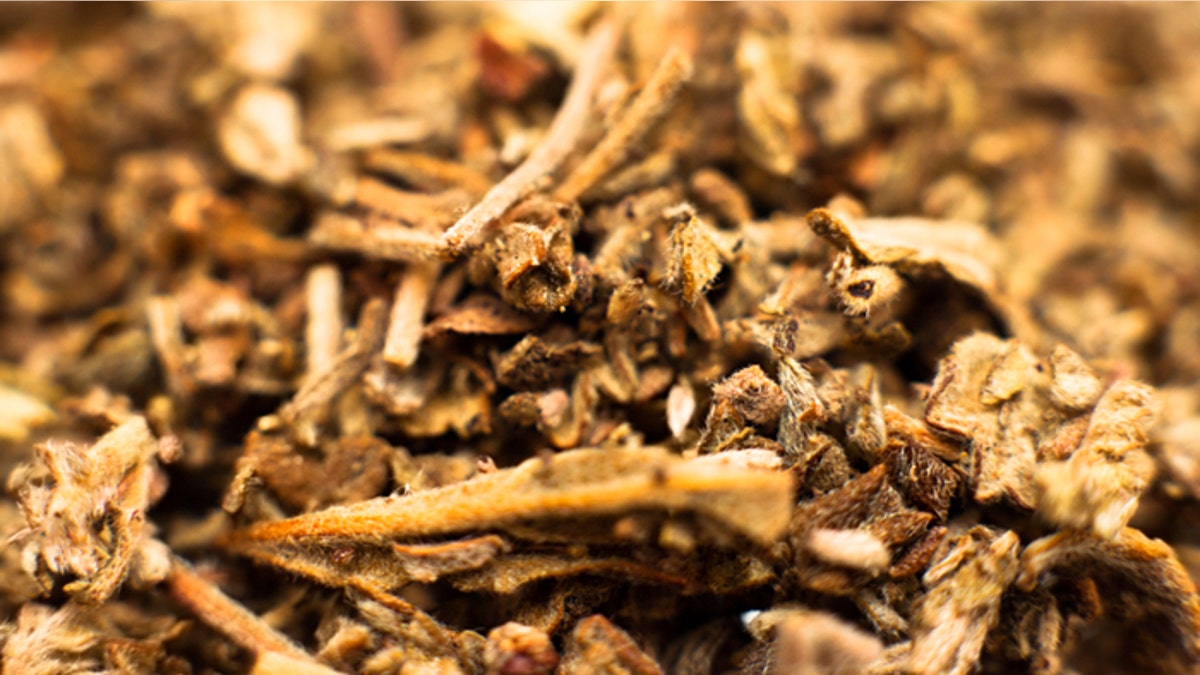
The Mississippi Bureau of Narcotics (MBN) said that it is investigating how dozens of people ended up in the emergency room after overdosing on a synthetic marijuana drug known as “spice.” University of Mississippi Medical Center (UMMC) reported Thursday that more people have checked into the hospital this week and are showing signs of "spice" overdose -- bringing the total number of people affected up to 45 in Jackson and 40 more across the state.
“We’re trying to follow up on the leads that we have to identify who the source of this ‘spice’ was so we can do something about it,” said MBN Director Sam Owens, adding that there may be one recent death related to the drug.
Most of the patients at the UMMC in Jackson, Miss. have recovered and checked out of the hospital, UMMC emergency department chairman Dr. Alan Jones told FoxNews.com. The drug takes about 24 hours to fully metabolize through the body, and that process can be dangerous for everyone involved, Jones added.
“They are agitated, confused, hallucinating, combative, and in some circumstances, they are requiring sedatives to keep them from harming themselves or others,” he said.
“Spice” is considered a “Schedule I” drug, defined as one of “the most dangerous drugs of all the drug schedules with potentially severe psychological or physical dependence,” as noted by the U.S. Drug Enforcement Administration.
“This isn’t something you would buy at your pharmacy. You don’t know what’s in it,” Owens said.
UMMC officials said it is very unusual to have this many people check into a hospital all at once for a related cause — especially when there was a wide age range of people admitted into the facility, including teenagers.
Patients started arriving at the hospital on April 2 and throughout the Easter weekend — leading Jones to believe the overdoses did not start from a specific event.
“It does appear that some of them are willing to talk to some of the law enforcement agents about where they got the drug,” Jones said.
The National Institute on Drug Abuse (NIDA) reports that “spice” sends more than 10,000 Americans into the emergency room each year. Most of them are teens and young adults. It’s sold under many names, including “K2,” “Skunk,” and “Moon Rocks,” according to NIDA.
Toxicology expert Marilyn Huestis of NIDA said “spice” is brutally hazardous to one’s health and defines it as a “novel psychoactive substance,” also known as a “synthetic cannabinoid.”
“It’s produced in clandestine labs where they have absolutely no quality control. I’ve seen pictures of some of the labs in China where they’ve raided and found them — they’re positively filthy,” Huestis said.
President Obama signed the Food and Drug Administration Safety and Innovation Act into law in 2012, which made the substance illegal. But when “spice” gained popularity in the U.S. around 2008, it was easily purchased at gas stations and over the Internet.
“Many people are still taking the drug, but we’ve actually seen a reduction over time with the synthetic cannabinoids,” Huestis said, attributing the decline to negative publicity.
Synthetic marijuana is the second most used drug in high schools across the U.S. Real pot is number one, according to NIDA’s website.
